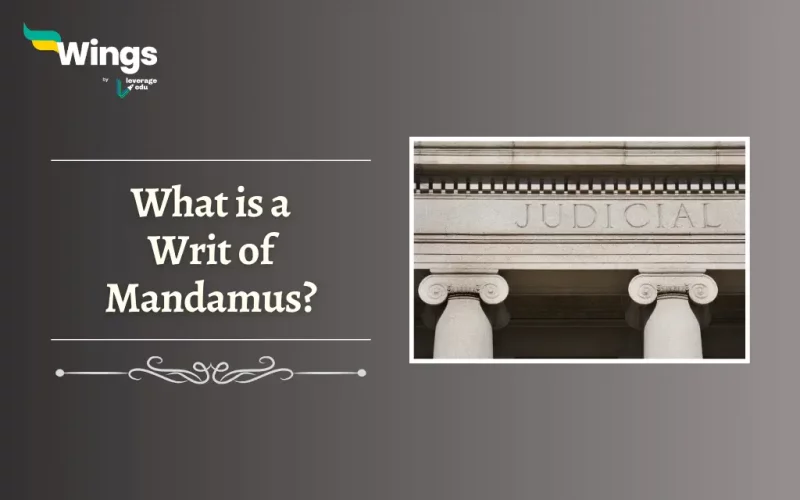A Writ of Mandamus is a legal order issued by a Court of law to a Government official or entity. Moreover, the purpose of this Writ is to force the implementation of a specific act which the law demands as a duty from an office, trust, or legal obligation. In simpler terms, it is a directive from a higher Court to a lower court, public authority, or Government official to perform a specific action. In this blog, you will get to know more about the Writ of Mandamus, who can issue it as well as its legality in India and an Example!
Who can Issue a Writ of Mandamus?
The Writ of Mandamus is issued by higher courts, such as High Courts and the Supreme Court, to direct lower courts or government officials to perform their legal duties. Furthermore, the authority to issue this Writ lies with the Constitutional Courts. Therefore, guaranteeing responsibility and compliance with the Rule of Law. Moreover, the Courts are responsible to stop any misuse or carelessness of duties by public officials.
Did you know? The Latin word Mandamus translates to “we command.”
Writ of Mandamus in India
In addition, the two Articles that facilitate the Writ in India are:
- In India, the power to issue a Writ of Mandamus is from Article 226 of the Indian Constitution.
- It gives the power to High Courts to issue writs for the enforcement of Fundamental Rights and any other purpose.
- Additionally, Article 32 of the Indian Constitution authorises the Supreme Court of India to issue writs for the enforcement of Fundamental Rights.
- Moreover, the objective is to guarantee that people can seek Judicial intervention when there is a violation of their Fundamental Rights or when there is a need to make public authorities perform their duties.
Also Read: The Basic Structure Doctrine: Safeguarding Constitutional Integrity
Writ of Mandamus Example
In the case of Sohanlal v. Union of India (1957), the Supreme Court of India issued a Writ of Mandamus directing the Union of India to implement the Industrial Disputes Act of 1947, in certain regions.
- Moreover, the Court held that the Union had a duty to enforce the provisions of the Act to settle industrial disputes and protect the rights of workers.
- Thus, this landmark case established the power of the Court to issue Writs of Mandamus to secure the implementation of laws for the benefit of the working population.
Related Blogs
Lastly, we hope you liked our blog and gained an understanding of What is a Writ of Mandamus. Moreover, you may even read more blogs and empower yourself with knowledge regarding Civics and Polity!
 One app for all your study abroad needs
One app for all your study abroad needs













